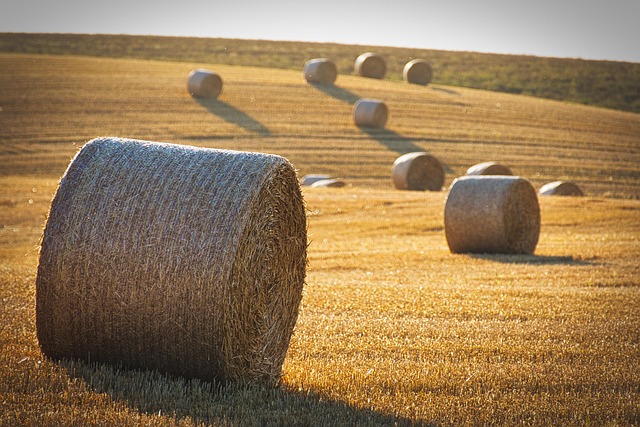Navigating Agricultural Yield Loss: The Impact of Extreme Weather in the Era of Climate Change
As the Earth continues to grapple with the relentless changes brought about by climate change, our agricultural systems face unprecedented challenges. For farmers, the specter of agricultural yield loss looms large, fueled by extreme weather events that seem to be increasing in frequency and intensity. Understanding these impacts is crucial, not just for the agricultural community, but for society as a whole, as we are all interconnected in this delicate ecosystem.
The Unpredictable Nature of Extreme Weather
Increasing temperatures, erratic rain patterns, droughts, and floods are becoming more commonplace. These extreme weather events not only disrupt planting and harvesting schedules but also affect the underlying health of crops and soil. Farmers often find themselves navigating a precarious balance between planting on time and waiting for optimal conditions—conditions that are increasingly hard to predict. This unpredictability can lead to agricultural yield loss, undermining the very backbone of our food supply.
Impact on the Environment and Ecosystems
Extreme weather does not merely impact crops; it also takes a toll on the environment. Soil erosion becomes a significant risk with heavy rainfall, and prolonged droughts can degrade soil quality and biodiversity. The interconnectedness of the climate and our agricultural practices creates a complex tapestry where one element’s failure can lead to a domino effect. As ecosystems struggle to adapt, the implications for agriculture become more severe, leading to reduced yields and diminished food security.
Climate Change: The Root of the Problem
The underlying cause of these extreme weather patterns can be traced back to climate change. The warming atmosphere alters the nature of precipitation, makes hurricanes more intense, and increases the likelihood of heatwaves. Farmers are on the front lines of this battle, witnessing the direct consequences of these shifts while trying to sustain their crops and livelihoods. Each season brings new uncertainties, and with each passing year, agricultural yield loss becomes an ever-growing concern.
Finding Resilience in Sustainability
In the face of these challenges, many farmers are beginning to embrace sustainable practices. Crop rotation, soil health management, and the integration of technology in agriculture are just a few strategies being employed to combat the adverse effects of climate change. Adopting these methods not only helps mitigate agricultural yield loss but also contributes positively to the environment, fostering resilience against extreme weather.
As we navigate this complex landscape of agriculture and climate, it is essential for all of us to recognize our role. Whether we are consumers advocating for sustainable food sources or policymakers implementing strategies to combat climate change, each action has the potential to create a ripple effect that contributes to a more sustainable future. Our collective efforts today will determine what tomorrow’s agricultural landscape looks like—and how we can best adapt to an ever-changing climate.




